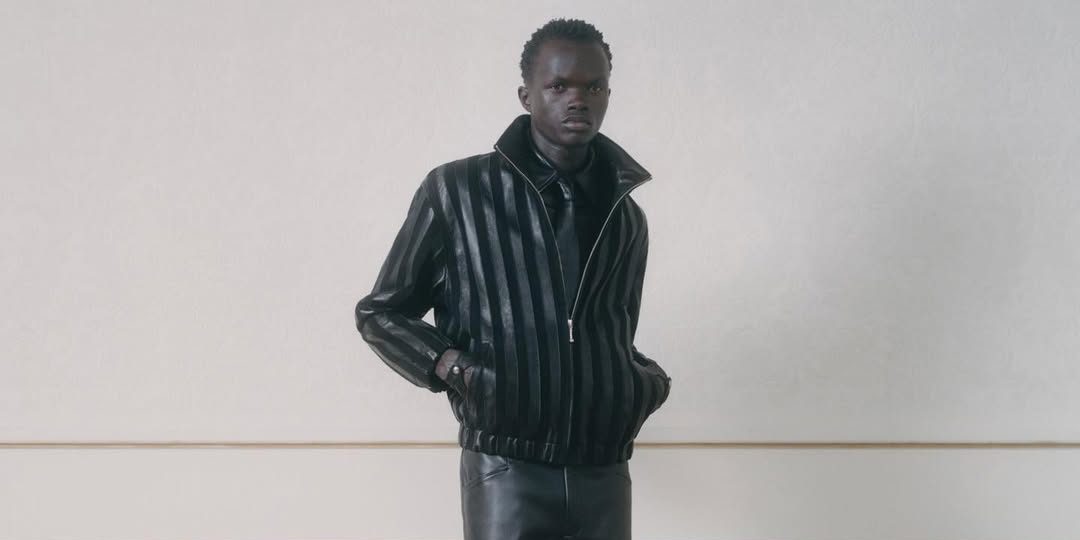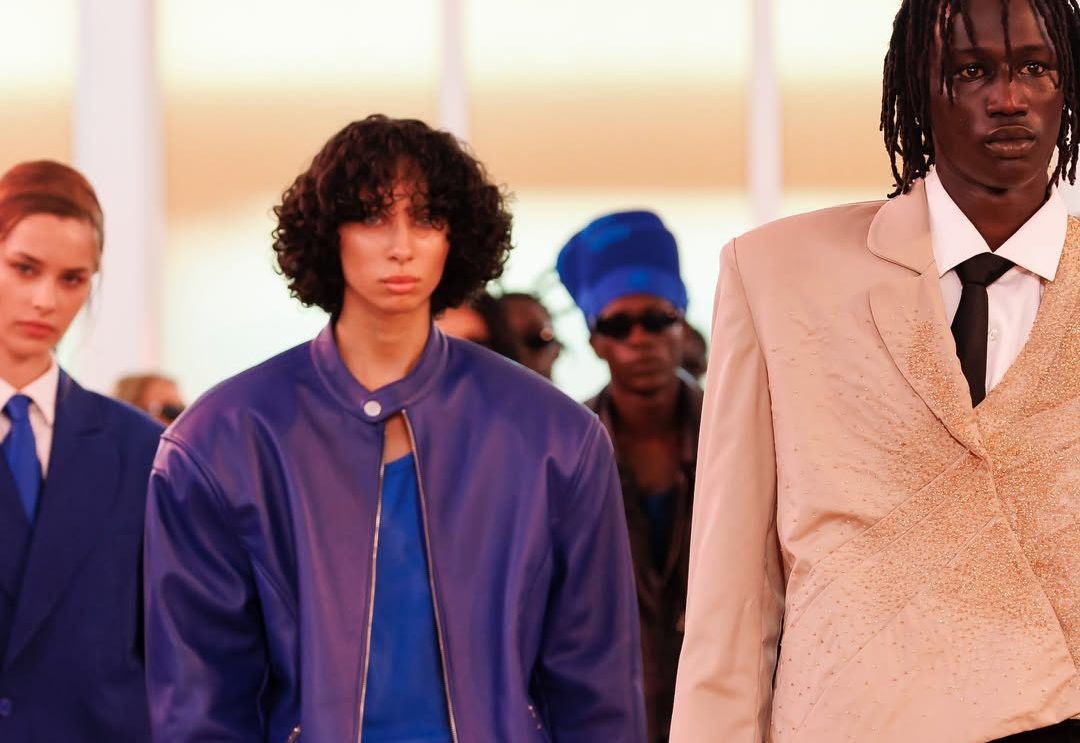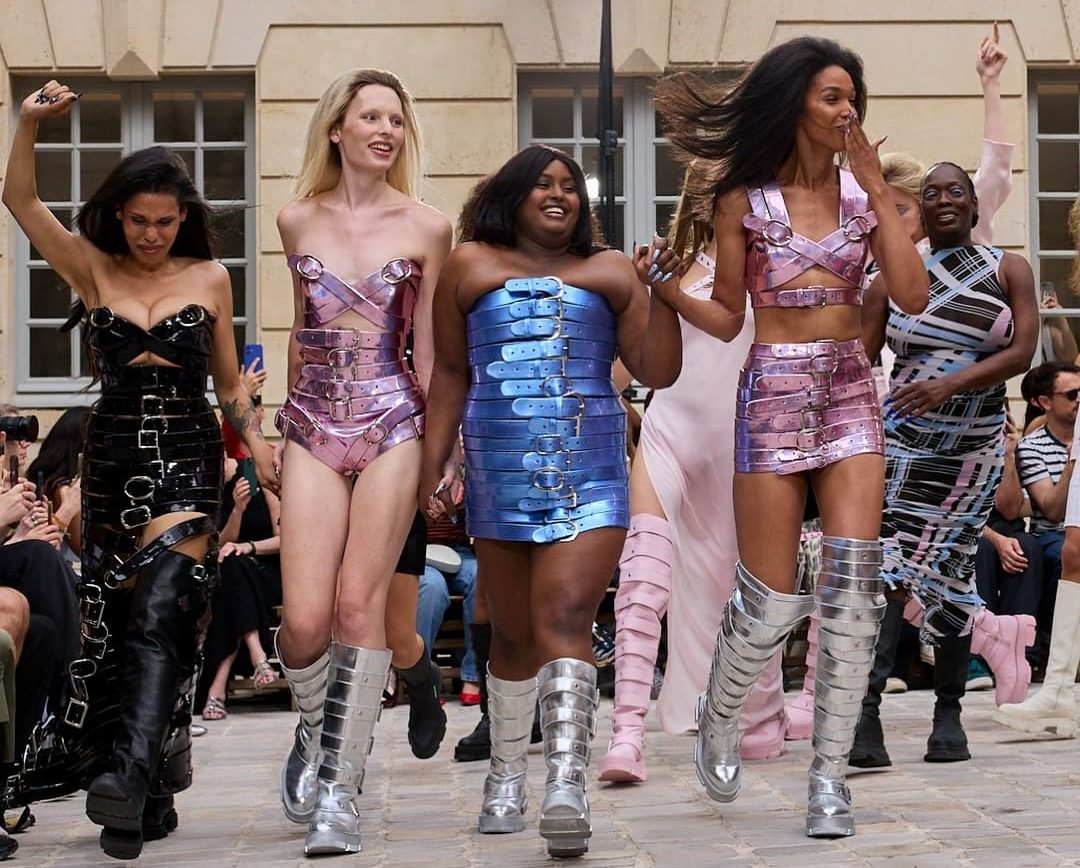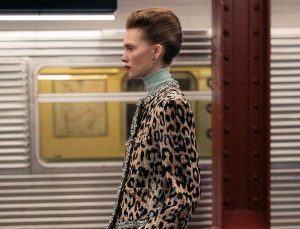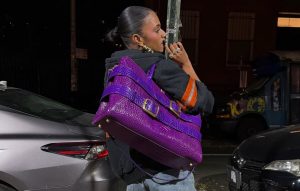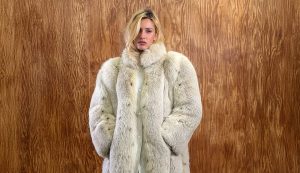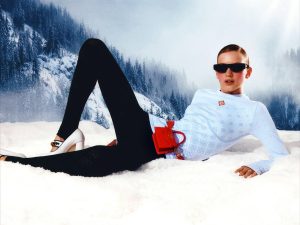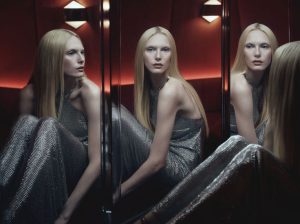On the first day of Paris Fashion Week, menswear took shape through two distinctive visions: Auralee’s, steeped in Japanese subtlety, and Ernest W Baker’s, rooted in a nostalgic European imagination. Two contrasting approaches to redefining the modern man’s wardrobe.
Auralee: poetic fabrics and effortless elegance
Founded by Ryota Iwai in 2015, Japanese brand Auralee celebrates its tenth anniversary this year with a discreet yet striking return to Paris, set in the courtyard of the Musée des Archives Nationales. For the occasion, it unveils a Spring/Summer 2026 collection inspired by a specific moment: mid-season in Japan, when the air begins to warm but the wind still lingers. This ambivalent climate is reflected in light, airy silhouettes that seem to float.
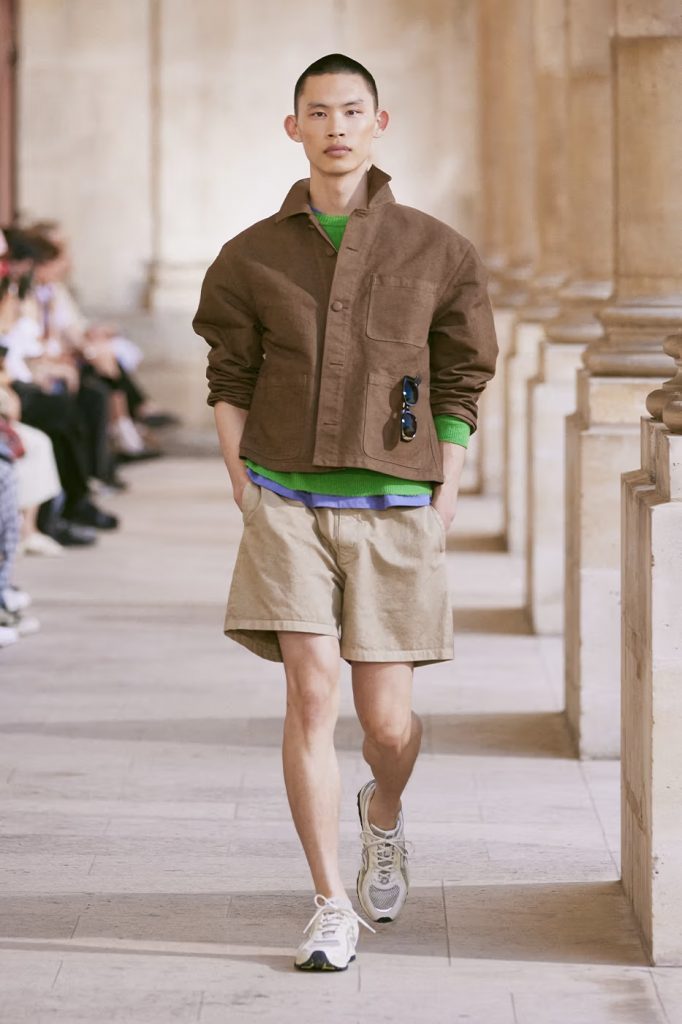
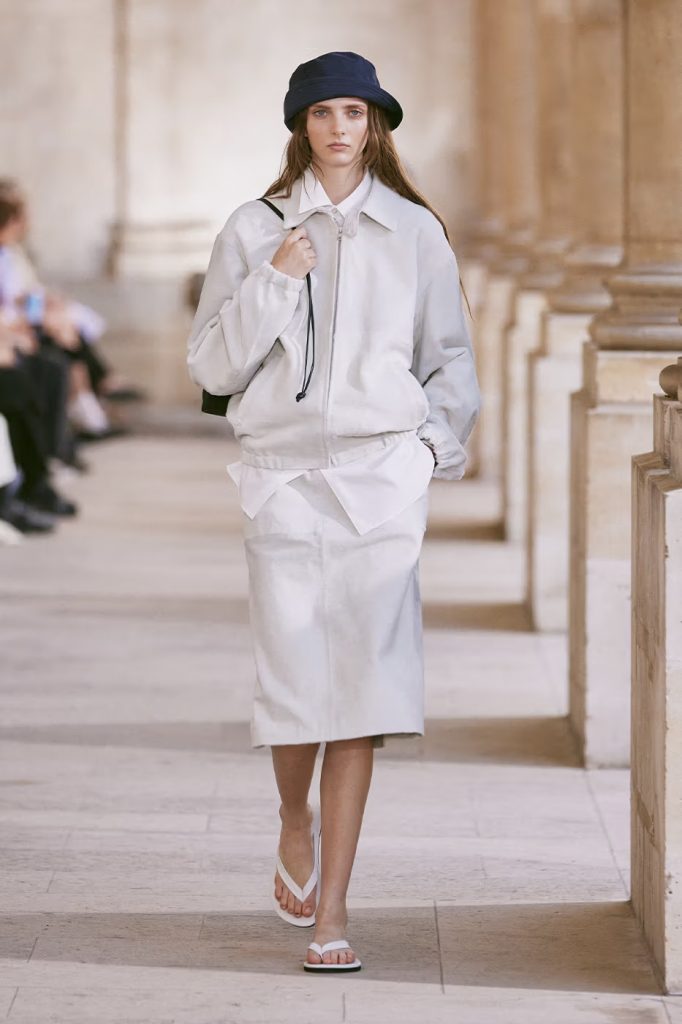
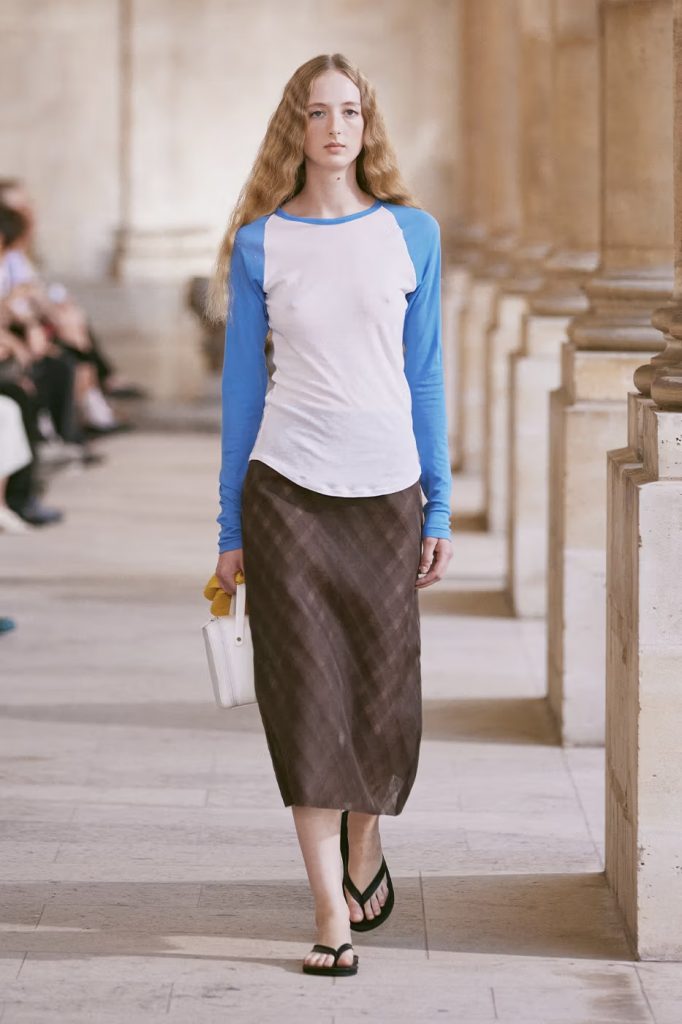
One of the key elements is layering. T-shirts, shirts, jackets, and knotted sweaters are effortlessly stacked, creating a natural flow. Neutral tones: beige, brown, and grey interact with brighter shades like red and green, evoking the blossoming of spring. The cuts remain deliberately relaxed, steering clear of formality. Yet beneath this apparent ease, Auralee stays true to its textile precision. The fabrics, luxurious yet never ostentatious reflect a different relationship with the world: Mongolian cashmere from nomadic herds, Peruvian alpaca, and wool from New Zealand and Scotland.
As a contemporary nod, the brand unveils a new collaboration with New Balance featuring the 204L model, a sneaker with a clean, technical, all-terrain aesthetic that extends the brand’s spirit in its ongoing pursuit of effortless elegance.
Ernest W Baker: memory and staging
Founded in 2017 by Inês Amorim and Reid Baker, the brand Ernest W Baker takes its name from Reid’s grandfather—a guiding figure who serves not merely as a tribute, but as the brand’s very foundation. At Ernest W Baker, personal references are the starting point for a world that blends vivid memories with imagined narratives still in the making.
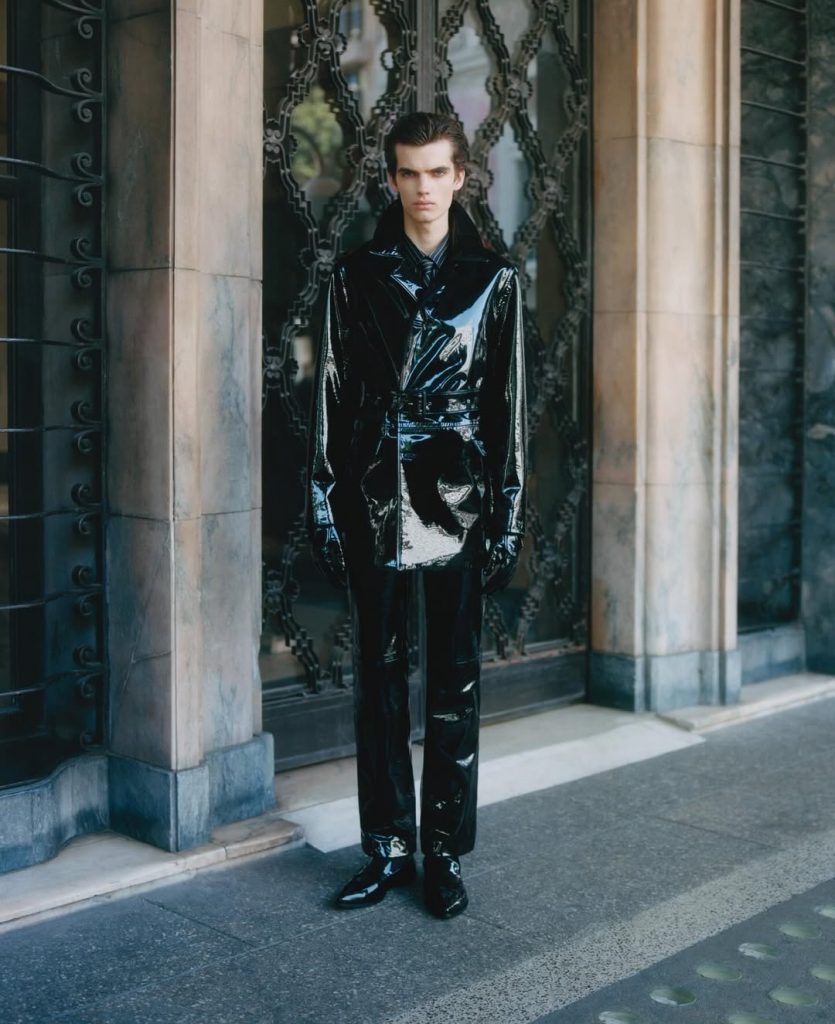
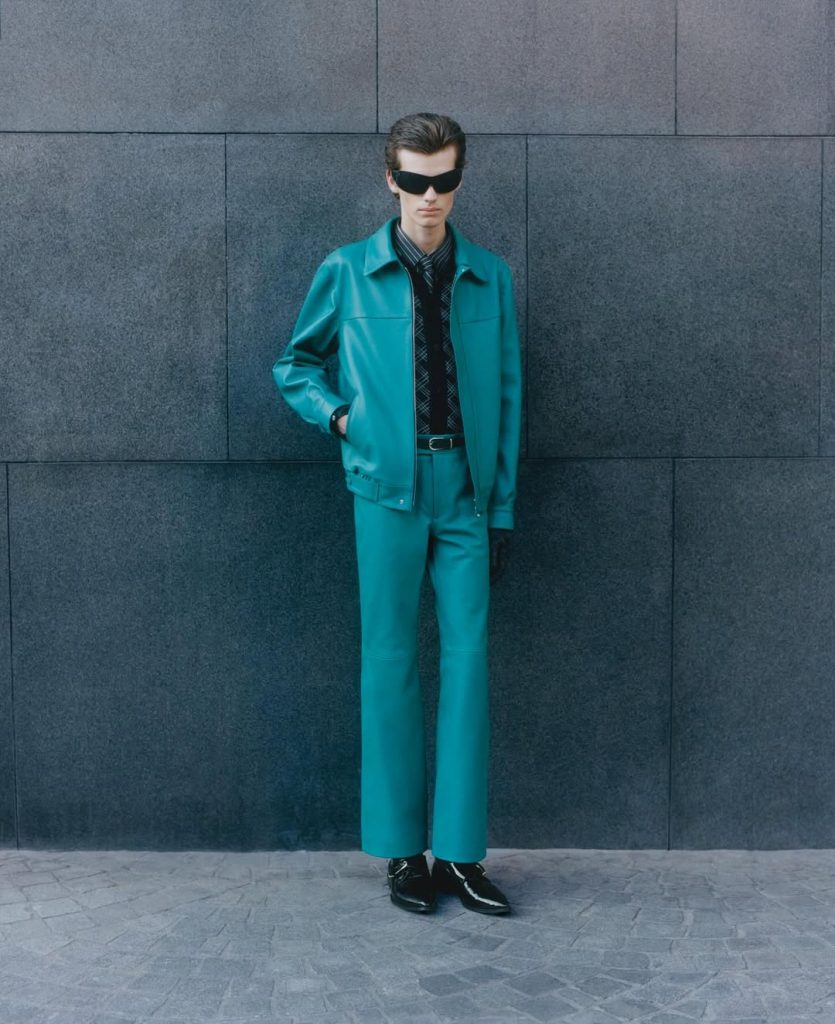
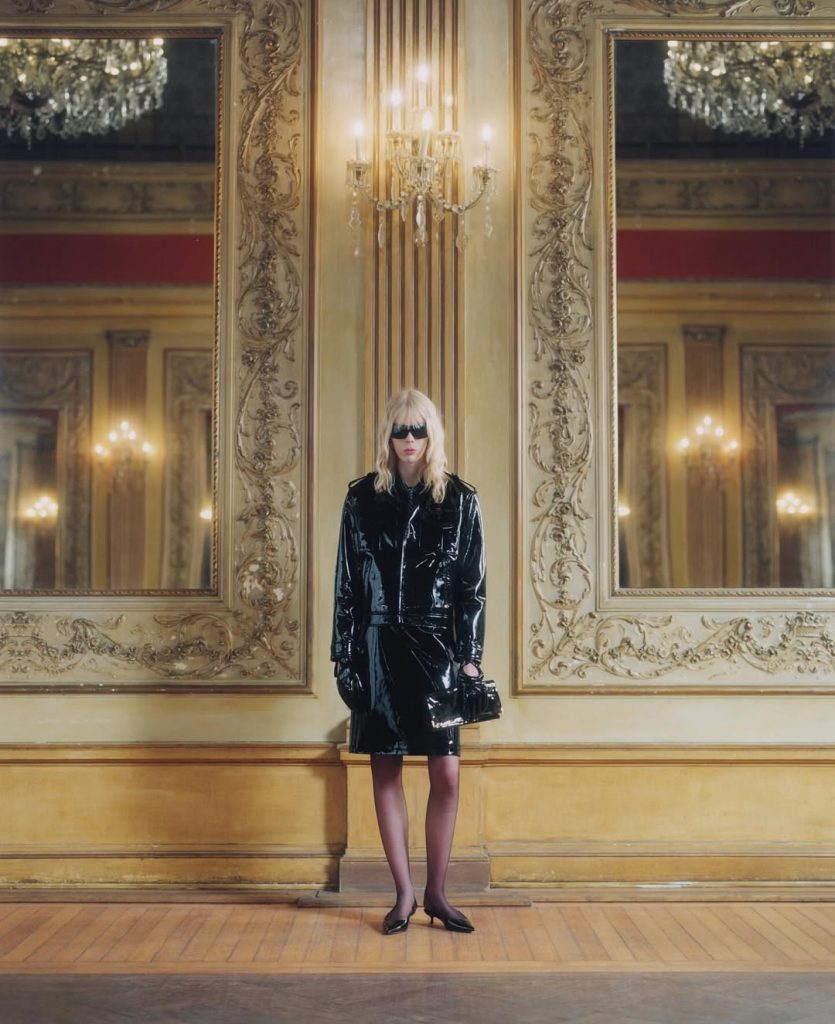
This season, instead of a runway show, the brand opted for an intimate presentation of a 29-look lookbook, setting the tone with a striking opening: two twin vinyl outfits, playing with both gender fluidity and glossy reflections. The wardrobe draws from a rich mix of inspiration’70s vibes, Chicano silhouettes, and a certain vision of European glamour. Think high-waisted bootcut trousers, flat buckled shoes, reimagined track jackets, and a riot of animal and floral prints.
What stands out is the mastery of crescendo: as the looks unfold, the silhouettes build in dramatic tension. Colours fade, fabrics grow richer, and volumes become more refined. The climax arrives with a long coat, somewhere between a romantic frock coat and a dystopian trench like the closing scene of a film noir.
Two visions of menswear
Auralee and Ernest W Baker couldn’t be more different, at least on the surface. One draws from the quiet nuances of everyday life in Japan; the other taps into a narrative, theatrical aesthetic inspired by film noir. And yet, something flows between the two collections: a shared desire to reinvent menswear, to push it beyond its traditional boundaries.
At Auralee, reinvention comes through touch, texture, and layering. A near-sensory softness shapes light, floating silhouettes where tailoring yields to feeling. At Ernest W Baker, by contrast, the suit becomes a narrative anchor, transformed with vinyl, satin, or animal prints into a bold visual statement. On one side, deliberate discretion; on the other, flamboyant theatricality.
Yet both brands share a taste for anachronism: Auralee bridges textile tradition with an effortless urban nonchalance, while Ernest W Baker blends ’70s flair, vintage glamour, and Chicano countercultures within a single silhouette. Two ways of speaking about the present by looking at it sideways. Two sensibilities that, on the same day in Paris, affirmed that menswear no longer plays in a single key, but across a full spectrum of textures, identities, and narratives.
Article by Julie Boone.


